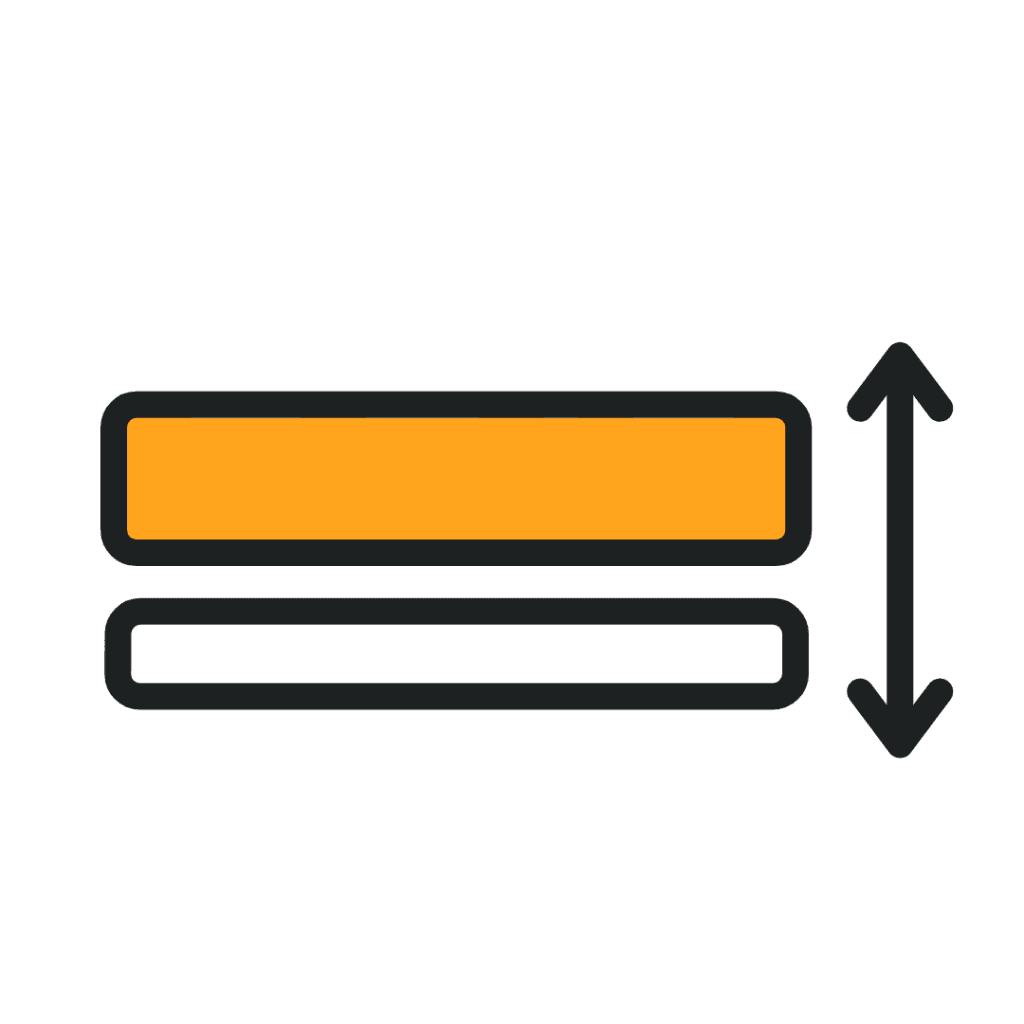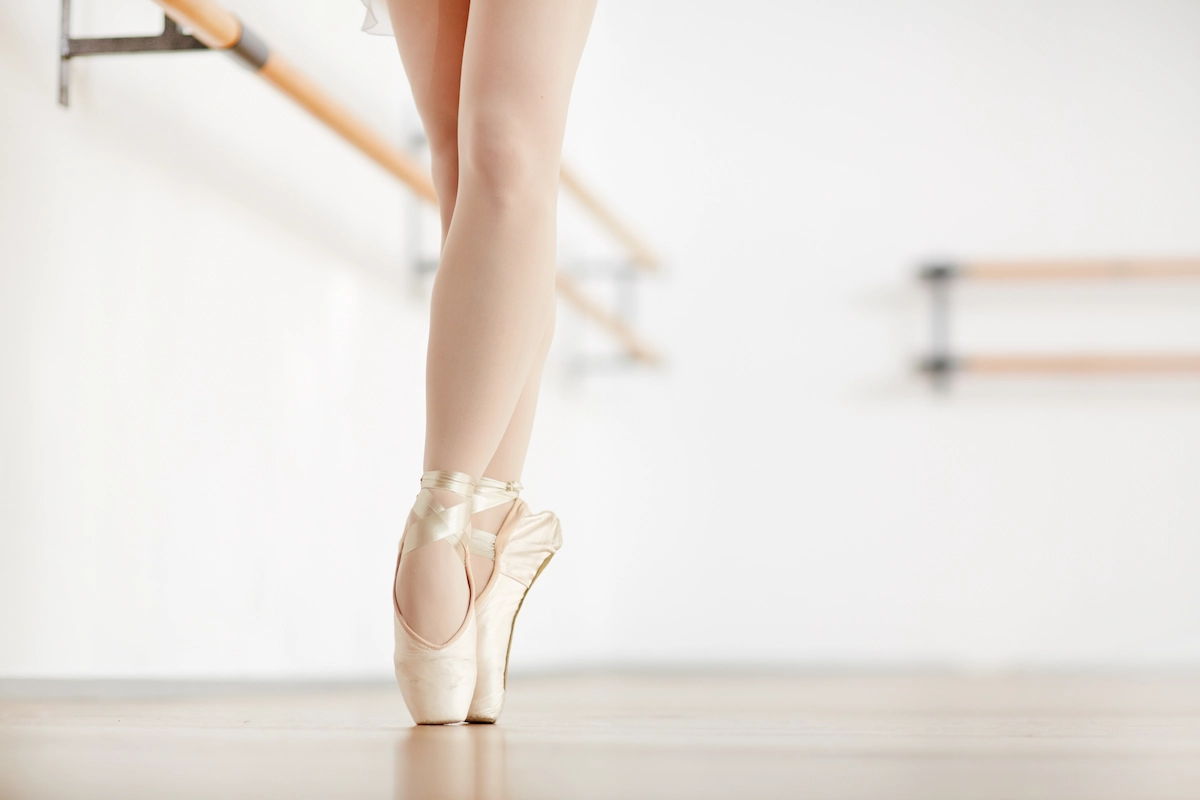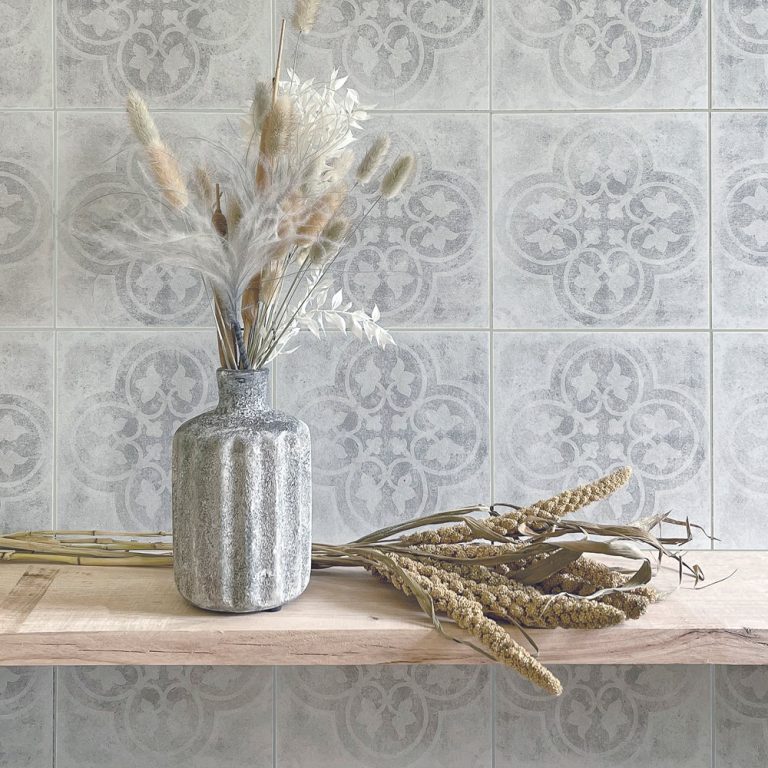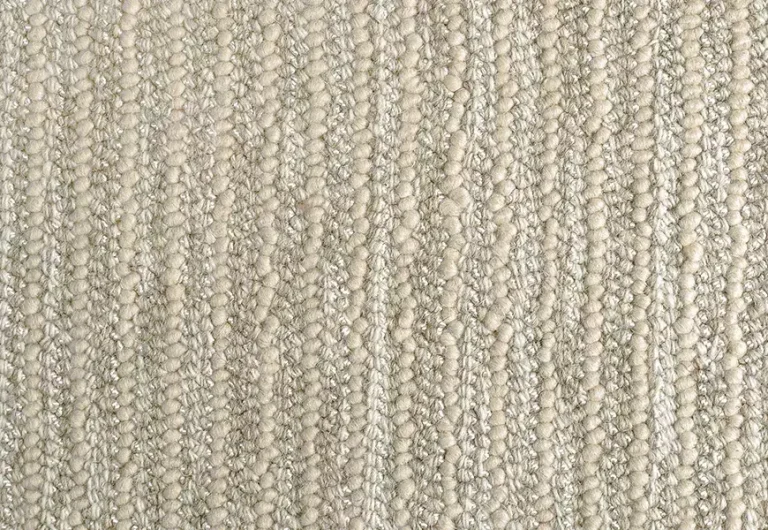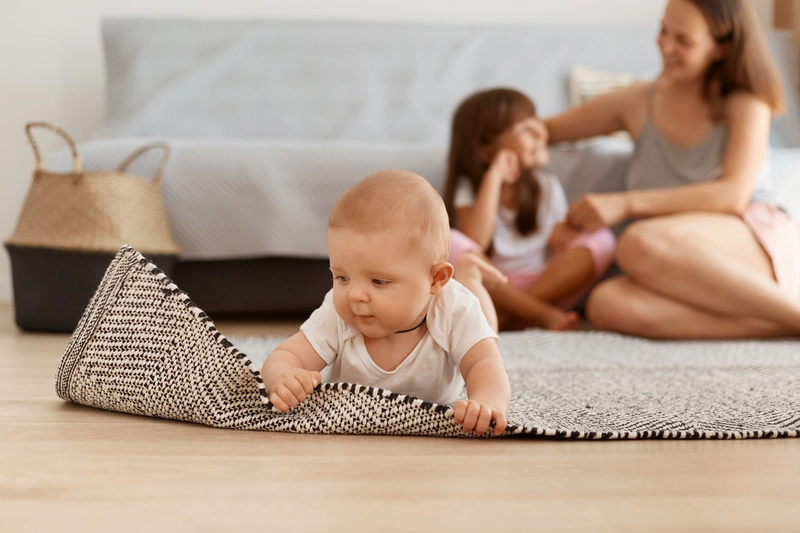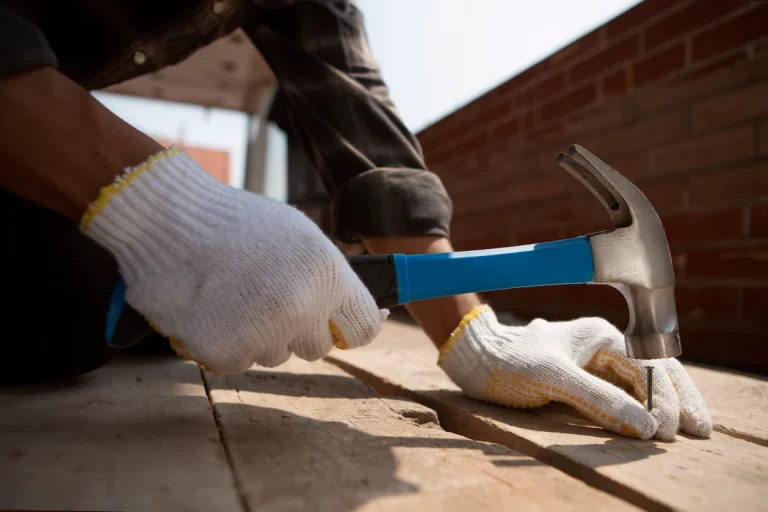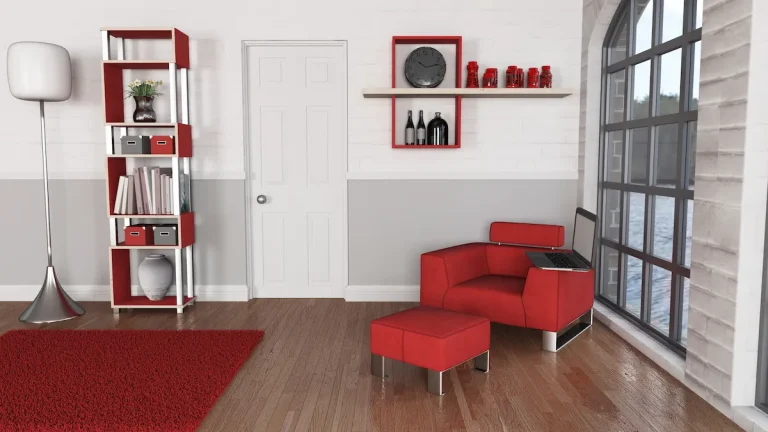When creating a calm and peaceful home environment, flooring plays a bigger role than most realise. The constant echo of footsteps, dragging chairs, or general household activity can disturb the tranquillity—especially in multi-storey homes or flats. Choosing the quietest flooring options can dramatically reduce these unwanted sounds and improve comfort.
In this article, we’ll explore various sound-absorbing flooring materials, how they perform, and what makes them ideal for keeping your home quieter.
What Makes Flooring Quiet?
Quiet flooring typically features a combination of soft materials, layered structure, and soundproofing underlay. Some options naturally absorb sound, while others benefit from added acoustic backing. The goal is to reduce impact noise (footsteps or dropping items) and airborne noise (voices, music).
1. Carpet: The Ultimate Sound Absorber
Carpet is widely considered one of the quietest flooring options available. Thanks to its soft fibres and underlay padding, carpet effectively absorbs both impact and airborne noise. This makes it ideal for bedrooms, hallways, and flats where sound insulation is a priority.
Key Benefits:
- Reduces echo and footsteps significantly
- Available in various thicknesses and textures
- Comfortable underfoot
- Works well with extra soundproof underlay
If you’re seeking a flooring solution to keep noise to a minimum, especially in sleeping or resting areas, carpet is an unmatched choice.
2. Cork Flooring: Natural Quiet and Comfort
Cork is another excellent contender among the quietest flooring options. Cork is naturally spongy and provides excellent sound absorption properties. It dampens both foot traffic and noise transmission between floors.
Key Benefits:
- Eco-friendly and sustainable
- Warm and soft underfoot
- Excellent acoustic insulation
- Great for home offices, bedrooms, or children’s rooms
Adding a cork underlay enhances its quieting effects even more, making it one of the best all-rounders for sound control and comfort.
3. Luxury Vinyl Tiles (LVT): Stylish and Sound-Reducing
Luxury Vinyl Tiles (LVT) are a popular modern option for homeowners looking for quiet flooring without compromising on aesthetics.
Many LVT products are designed with built-in acoustic backing or can be paired with underlay for additional noise dampening.
Key Benefits:
- Water-resistant and low-maintenance
- Available in wood or stone looks
- Built-in sound-reducing layers in premium options
- Suitable for kitchens, bathrooms, and living areas
When looking for the quietest flooring options that combine practicality and style, LVT is a top contender.
4. Rubber Flooring: Durable and Exceptionally Quiet
Rubber flooring is an often-overlooked but highly effective sound-absorbing material. It’s commonly used in gyms, playrooms, and music studios, but also works in domestic spaces where sound reduction and durability are key.
Key Benefits:
- Superior impact noise absorption
- Long-lasting and easy to maintain
- Naturally slip-resistant
- Ideal for utility rooms, home gyms, and basements
Rubber’s density makes it excellent at muffling vibrations and shocks, placing it among the quietest flooring options for busy households.
5. Engineered Wood with Acoustic Underlay
While not inherently the quietest flooring, engineered wood paired with a quality underlay can greatly reduce noise.
The layered construction of engineered wood adds stability, while underlay helps cushion sound.
Key Benefits:
- Timeless and elegant look
- Better acoustic performance than solid wood
- Great for living rooms and dining areas
- Compatible with radiant heating systems
To improve the quietness, opt for thicker planks and a premium acoustic underlay—turning this stylish choice into one of the quietest flooring options.
6. Laminate Flooring with Integrated Padding
Modern laminate flooring with integrated padding can also provide decent sound dampening qualities.
Although traditionally noisier, recent advancements mean high-end laminates can rival LVT in sound performance when paired with underlay.
Key Benefits:
- Affordable and widely available
- Comes in various designs and wood finishes
- Suitable for all living spaces
- Built-in underlay in some models
To make laminate one of your quietest flooring options, always combine it with acoustic underlay designed to absorb sound effectively.
Final Thoughts: Choosing the Right Quiet Flooring for Your Home
When noise reduction is a priority, there are many quietest flooring options to choose from. Whether you prefer the softness of carpet, the sustainability of cork, the style of LVT, or the resilience of rubber, the right flooring can transform your space into a serene sanctuary.
Discover Quiet Flooring Solutions at TEKA Flooring Peterborough
At TEKA Flooring Peterborough, we offer a wide range of the quietest flooring options to suit every budget and style. Whether you’re looking for carpet, LVT, cork, or acoustic underlay, our expert team is here to help you create a quieter, more comfortable home.
Visit our showroom or explore our products online to find the perfect silent solution for your space. Let TEKA Flooring bring peace and quiet into your everyday living.
Read also:



















